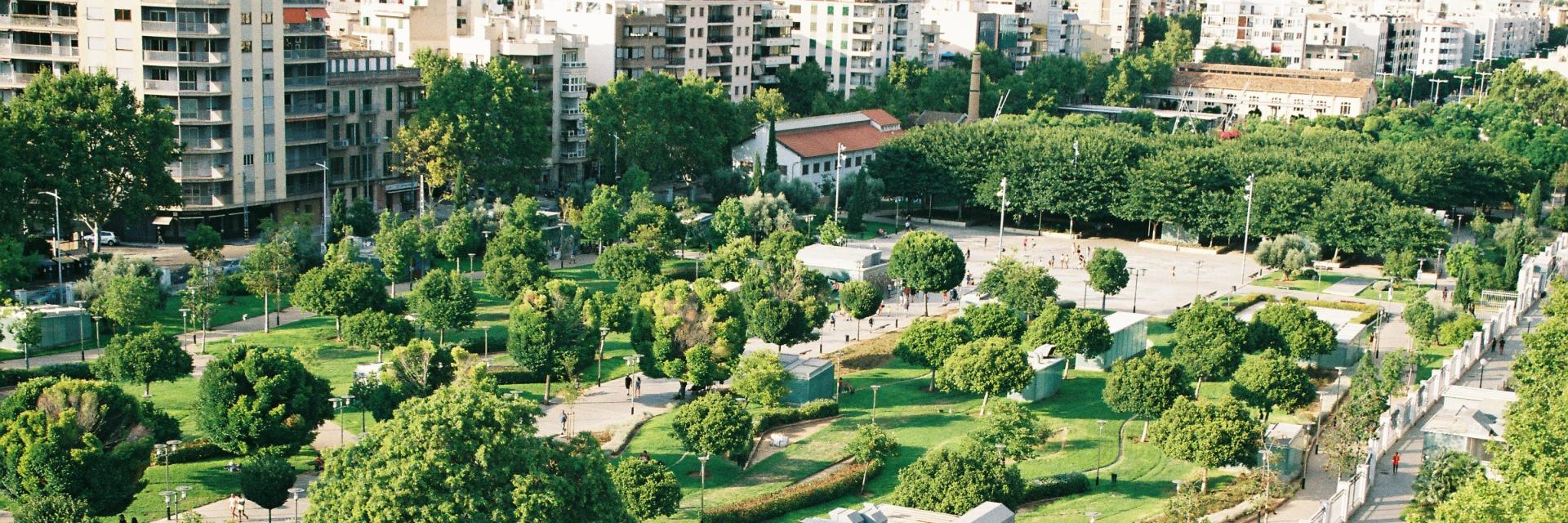
Outdoor Comfort
Outdoor Comfort
Outdoor thermal comfort research has emerged as a critical area of study, particularly as cities grapple with climate change and the growing need for public spaces that are both sustainable and comfortable. Although our ambitions have long prioritized indoor thermal settings, it is increasingly clear that our understanding of outdoor comfort levels can be substantially influenced by zoning rules and urban design decisions.
By applying a multiphysics approach, research in this field revolutionizes the way we conceptualize urban spaces. The insights gained can inform a variety of applications, from the design of parks and plazas to the planning of entire neighborhoods and even the modification of existing infrastructure for greater sustainability and public well-being. As we strive to build more resilient and livable cities, outdoor thermal comfort research is an invaluable resource, educating policymakers, urban designers, and the public alike.

Eddy3D
The architectural community needs holistic, evidence-based planning tools to promote urban resilience in the face of global warming. To ensure maximum impact, simulation-driven microclimate analysis methods must be integrated early in the design process. With Eddy3D, we present a toolkit to simulate outdoor thermal comfort (OTC) metrics with a decoupled approach. We motivate the decoupled systems framework with meteorological measurements and local and global sensitivity analyses of three different climates. For a real-world case study on a university campus, we present results for both wind velocity and mean radiant temperature simulations. Finally, we discuss the advantages and disadvantages of a decoupled simulation approach considering design aiding and the architectural. Our findings support reduced simulation time and flexibility, with the caveat of reduced accuracy due to neglecting forced convection, albeit this being less relevant in the early stages of design. The framework presented in this manuscript has been implemented and released as Eddy3D, a plugin for Rhino & Grasshopper.
Questions?
Contact Us

